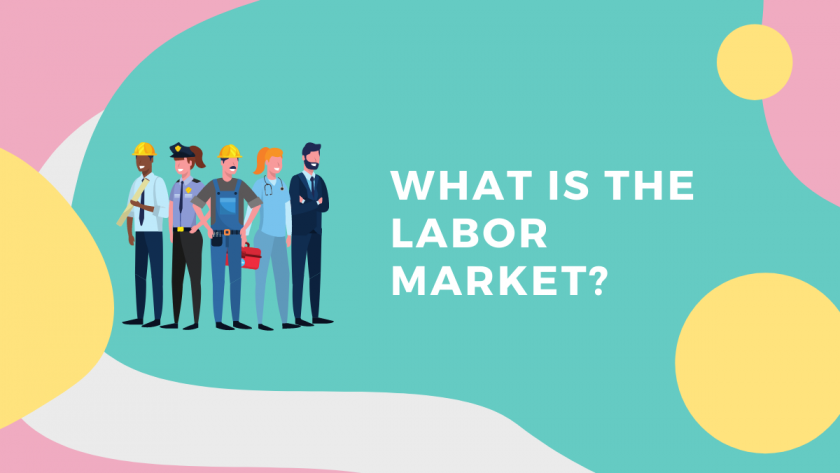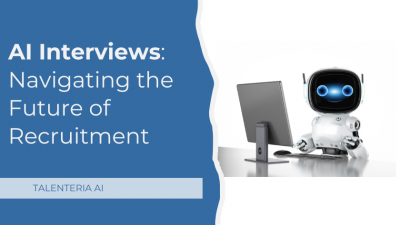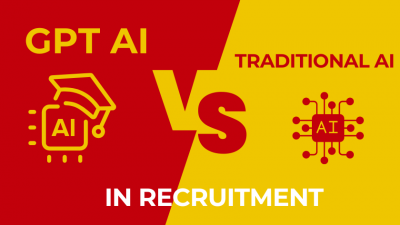
What Is the Labor Market?
The labor market, also known as the job market, refers to the supply and demand for labor, where workers provide supply and employers provide the demand. The worker can be anyone who wishes to offer their services for compensation, while the employer can be an individual or a company that needs a person to do a specific job or task.
One of the common factors that link these two entities (the worker and the employer) is the salary that the employee agrees to receive from the employer. In short, this is where workers can find jobs that match their skills and qualifications - and where both parties negotiate wages, benefits, perks, and other forms of compensation for the employee.
In the labor market, workers are expected to move to where there is a demand for their skills and experience, whether in their local area or abroad. Furthermore, they are also replaceable, which means that a person who can do their job better can be recruited to take over another employee's job. Besides, the salary is not fixed; that is, it can rise or fall depending on the employee's performance. Wages or compensation remains the highest motivating factor in the labor market.
What Is Labor Market Flexibility?
Labor market flexibility is an essential element of the labor market. It allows organizations to make specific decisions about changing their workforce in response to market fluctuations and to help increase production.
Companies can make changes in their talent pool based on certain factors, such as hiring and firing workers, their compensation and benefits, working hours, and conditions. Nevertheless, no company has a carte blanche to implement a flexible labor market due to laws and policies that protect employees and the workforce.
The US Labor Market
There are two key trends to consider about the US labor market: heightened unemployment and more efficient labor productivity.
1. Unemployment
During an economic crisis, the demand for labor lags behind the supply, which leads to an increase in unemployment. High unemployment exacerbates economic stagnation, contributes to social upheaval, and deprives many people of the opportunity to lead fulfilling lives.
In the United States, unemployment ranged from 4% to 5% before the Great Recession, when many businesses went bankrupt, people lost their homes, and demand for goods and services plummeted. Unemployment reached 10% in 2009 but declined more or less steadily to 3.5% in February 2020.
However, due to the Covid-19 pandemic, almost 7 million people applied for unemployment benefits in one week in April 2020. Currently, the US unemployment rate is 6.2%.
2. Labor Productivity
In many countries, including the United States, labor productivity has grown in recent years thanks to technological advances and other improvements in efficiency.
In the United States, the increase in production per hour did not translate into a similar increase in income per hour. Workers create more goods and services per unit of time, but they do not receive much more in compensation. Analysis of data from the US Bureau of Labor Statistics by the Economic Policy Institute found that while net productivity rose 69.6% from 1979 to 2018, wages rose only 11.6% (adjusted for inflation).
Components of the Labor Market
The labor market consists of four components, which are:
1. Labor Force
The labor force population refers to the number of people available for work in the labor market. It takes into account all workers who offer their skills and services for employment, regardless of the industry in which they work.
2. Applicant Population
The applicant population refers to people who are applying for a specific job that matches their experience and skills. Recruiters first study the job market and then look for people who match the skills and qualifications established for a particular position.
3. Applicant Pool
The applicant pool is the actual number of people who initially expressed their interest in applying for a certain position by submitting their resume. It could well be thought of as the first part of the selection process, where the HR department of a particular company receives applications and reviews them to determine who is qualified enough to move on to the next round of selection.
4. Selected Candidates
As the name implies, selected candidates are people who went through the entire selection process and were hired. Surely, this is judged on the basis of a number of factors, and the individual is screened against a carefully defined set of qualifications.
If you are planning on joining the labor market as an employee, we at Talenteria recommend keeping track of key trends, learning which vacancies are most relevant at the moment, and following our blog for more insight.





